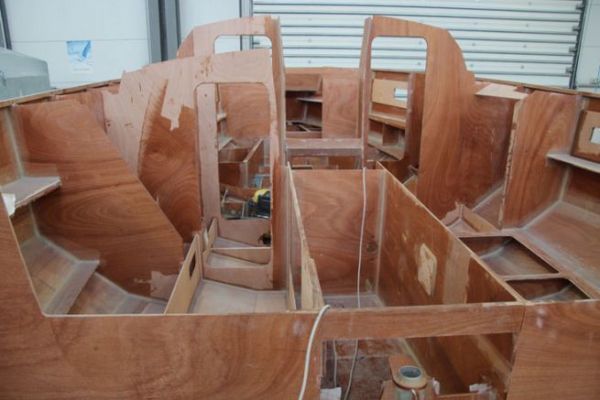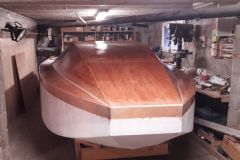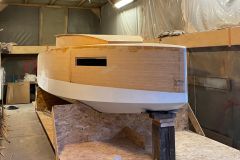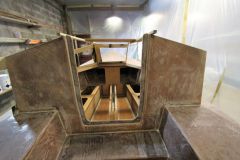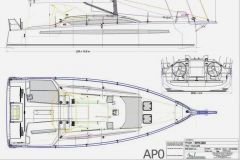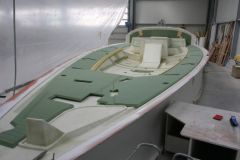Plywood is a material widely used in boatbuilding. Plywood is widely used in boatbuilding, both as a building material, as in the case of RMs for example, and as a structure (couple) for boats that will later have their hulls made of another material (as in the case of strip planking, for example).
Plywood is an assembly of sheets of wood (called plies) glued together. Each ply is arranged at 90° to the previous one, to ensure the plywood sheet's rigidity. The more plies there are, the more rigid the wood. The last outer ply may be in a different wood for aesthetic purposes.
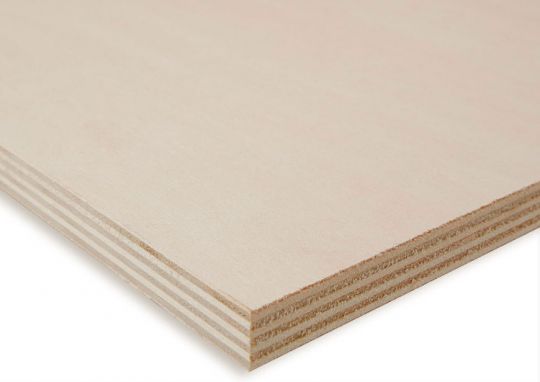
Glued wood
Each ply is glued to the next. And therein lies the weakness of this reconstituted wood. For use in damp environments, as is the case on a boat, you need water-resistant glues. This is not the case with standard plywood. It's time to upgrade to higher grades, known as "marine plywood".
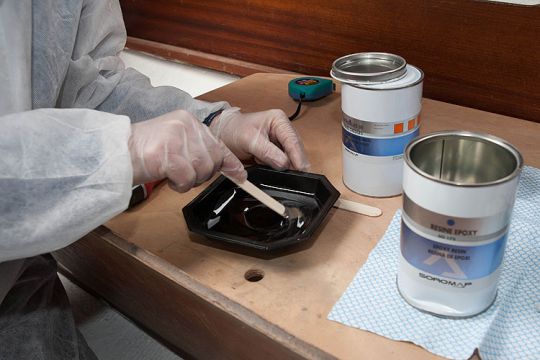
Epoxy resin to the rescue
Despite this, modern plywood construction uses epoxy resin to protect the plywood. The resin penetrates well into the wood, forming a barrier to moisture. This is particularly true of the edges, which must be well impregnated. In this way, the epoxy resin encapsulates the wood and prevents moisture from penetrating inside.
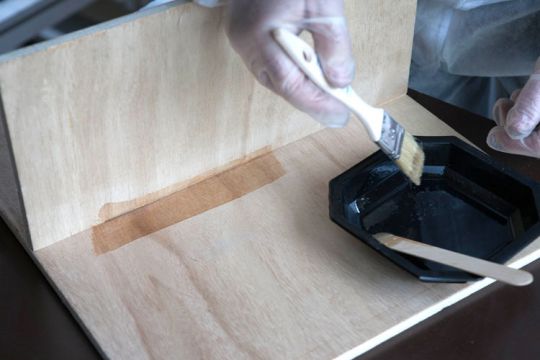
For better bonding
What's more, this resin impregnation will benefit wood bonding. In fact, the adhesion of an epoxy bond to resin-impregnated wood will be better, and the bond will be stronger. Once again, these bonds are often found at the edges. Hence the importance of impregnating these edges.

 /
/ 